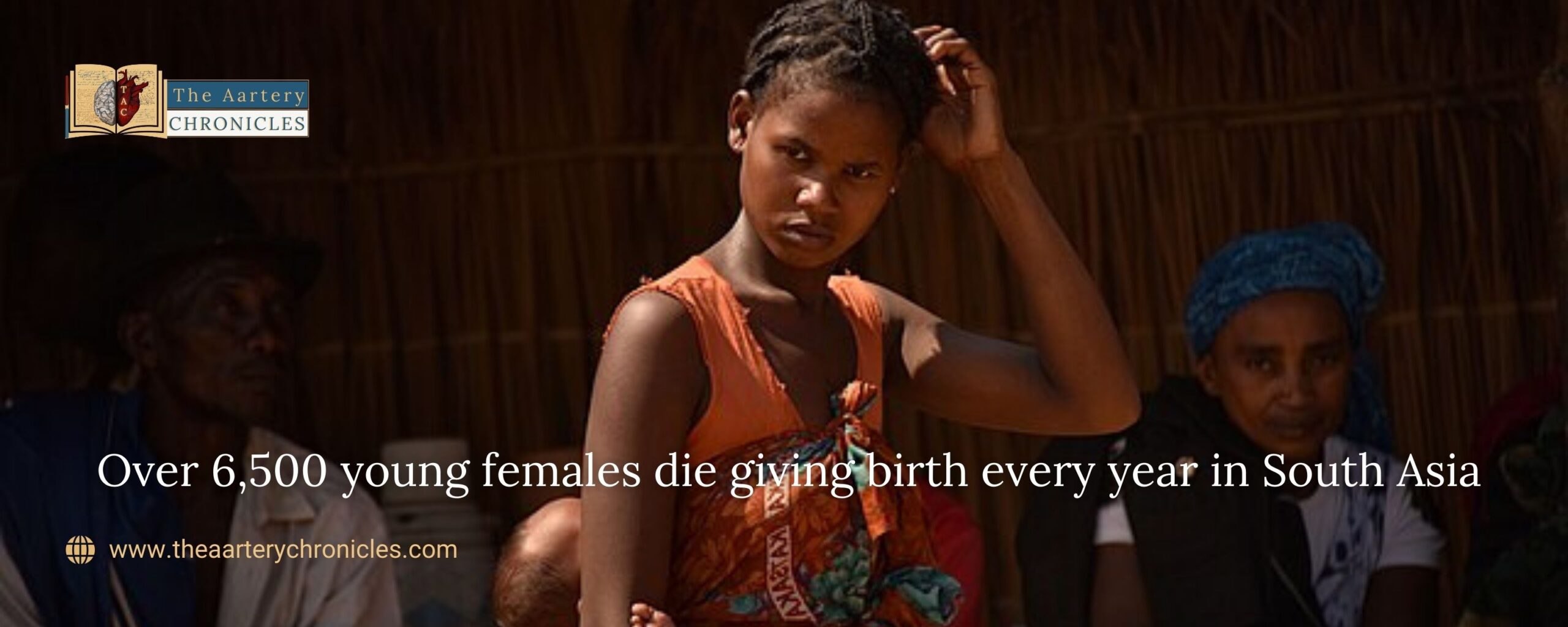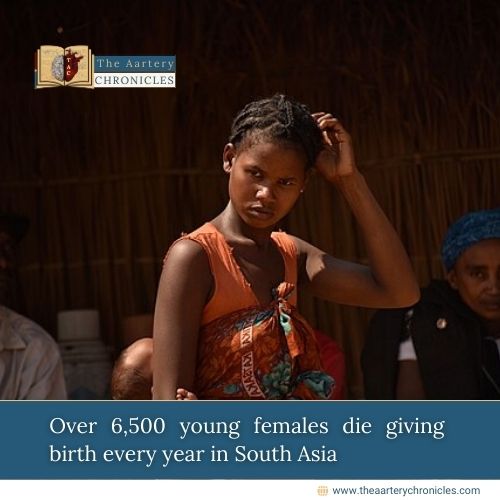
Over 6,500 young females die giving birth every year in South Asia
Every year, nearly 6,500 adolescent girls in South Asia die during childbirth, according to a joint analysis by UNICEF, WHO, and UNFPA. Most of these deaths occur among minors with limited control over their reproductive health and lives. South Asia is home to 290 million child brides, representing nearly half of the world’s total. In three South Asian countries, child brides are four times more likely to be out of school compared to their unmarried peers.
Call for Increased Commitment
During the two-day Regional Dialogue on Adolescent Pregnancy in South Asia, which concluded in Kathmandu, representatives from SAARC countries, UNICEF South Asia, UNFPA, and WHO called for increased commitment to critical services for over 2.2 million adolescent girls who give birth annually in South AsiaAmbassador Golam Sarwar acknowledged the contributions of governments, UN agencies, NGOs, and civil society in the SAARC region’s successful efforts to reduce teenage pregnancy. However, he emphasized that more needs to be done to address root causes such as child marriage, access to adolescent health education, and removing social stigma.
Educational and Social Challenges
The joint analysis revealed that young girls giving birth face significant risks as they are not physically ready for childbirth. Additionally, thousands of these girls are forced to drop out of school, and they face stigma, rejection, violence, unemployment, and lifelong social challenges. The region has the highest percentage of young girls not in education, employment, or training, at 49%.
Need for Better Support and Opportunities
“Sanjay Wijesekera, UNICEF Regional Director for South Asia, emphasized the need to improve support for adolescent girls, especially those who are married, pregnant, or parents. He highlighted the need for these girls to have access to learning opportunities, healthcare, and nutritious food, and to build skills and start businesses. Investing in South Asia’s 170 million adolescent girls could be transformative for the region.
Urgent Need for Policy Attention
Adolescent mothers have a significantly higher risk of maternal mortality than women in their 20s and 30s, emphasized Saima Wazed, WHO South-East Asia’s Regional Director, calling for a reversal of this trend. She stressed the need for special attention to the unique physical, cognitive, social, emotional, and sexual development of adolescents in national and international policies. Strategies for addressing teen pregnancy involve coordination across sectors and ensuring equal access to diverse services.
Source: Inputs from various media Sources










